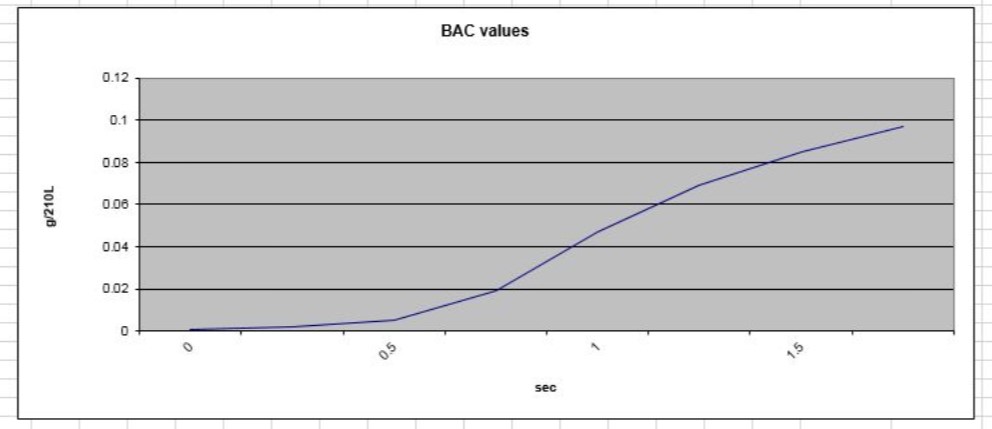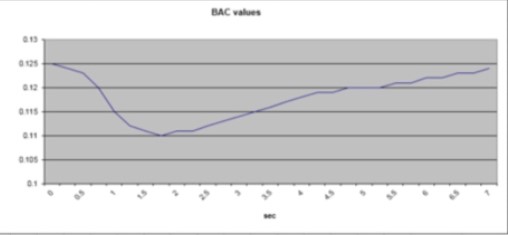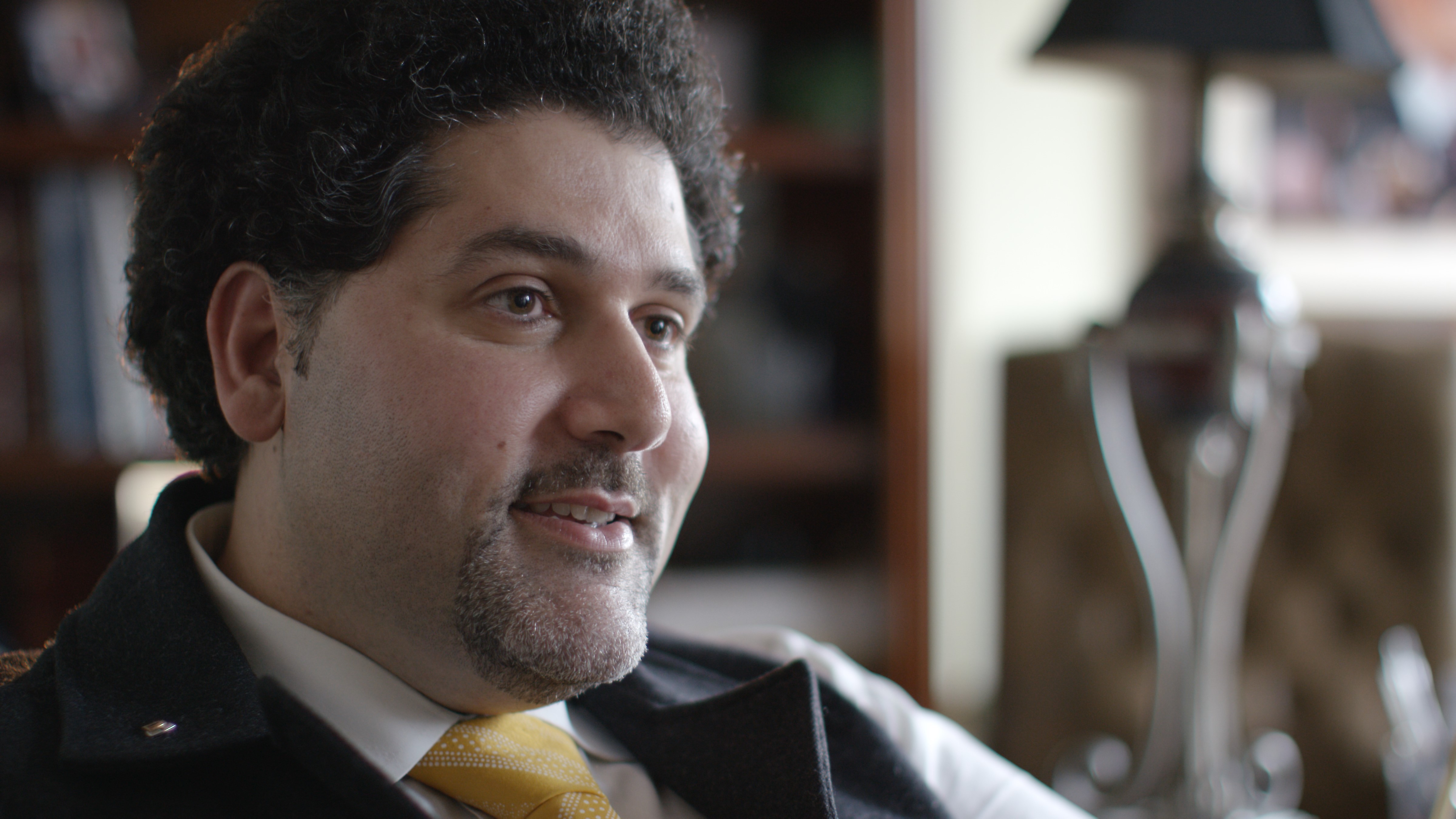
The Draeger 9510 is now the most commonly used breath alcohol instrument in Washington DUI investigations. Like the obsolete DataMaster, it analyzes breath to assist Police in estimating the level of alcohol in a persons blood. Most States have laws that set the legal limit for breath alcohol at .08 (Note: Utah recently reduced its limit to .05 and Canada imposes a 24hr license suspension at .05). The .08 legal limit means anyone who blows a .08 is automatically assumed to be driving under the influence. That assumption has to be proven beyond a reasonable doubt, though, and recent developments in DUI defense strategies have created reason to doubt the instrument and its results.
To properly understand the reasonable doubt, you must first understand the way the Draeger 9510 breath instrument functions. The instrument runs on software that the State has yet to properly validate (Read More about the lack of software testing: DRAEGER 9510 DUI Breath Test Instrument). The software controls the data collected by the instrument when a breath alcohol sample is collected and tested. Every quarter second, the instrument sensors check and record flow rate, volume, breath alcohol level and time to make sure that the minimum criteria for a breath sample is achieved. Washington DUI law requires that the instrument only test “end expiratory air” which is defined as the last portion of air to be exhaled by the driver into the Draeger. The Draeger technical manual further clarifies that the minimum criteria for a valid sample is achieved if there is at least 1.5 liters of breath exhaled and that the individual blew for at least 5 seconds.

The manual also explains that the blowing should only stop after the arresting officer notices that the 1/4 second readings of breath results are starting to plateau which means they are not increasing at a rate greater than .04/second. The arresting officer doesn’t have to do any math to ensure a proper sample is taken because the instrument plots a graph of the 1/4 second breath result data for the officer and displays it on a screen built into the Draeger. When the graph starts to look like a plateau, and the officer sees on the screen that at least 5 seconds have gone by and at least 1.5 liters of breath volume has been blown into the instrument, they have collected their first valid sample. A normal graph will always be rising like the one above.

The Draeger Technical manual goes on to explain that a valid sample will create a graph that is always rising. And it points out that any dip in the results followed by a sharp rise indicates the presence of “mouth alcohol” or other interference which makes the result invalid. That graph would look like the one here. Mouth alcohol refers to alcohol that isn’t coming from a persons breath, but rather something else in the surrounding or ambient air or a contaminant in the drivers mouth like food particles, or other items that negate the validity of the test according to the Draeger technical manual. Graphs that decrease followed by a sudden increase indicate an invalid test, and the trier of fact, the jury, would have plenty of reason to doubt the breath result based on this data.

Challenges to the reliability or accuracy of a Draeger 9510 breath test, or the functioning of the instrument, generally, have not resulted in the inadmissibility of the test results. That means the hearings officer at a Department of Licensing hearing and the jury in a criminal trial will very likely see the results, but since they are the trier or fact, they may consider the challenge in determining what weight to give the test result. Since the driver bears the burden of challenging the weight of a breath test result after it has been admitted at a DOL hearing, presenting evidence of an invalid test is critical to successful DOL hearing, and even though the burden remains on the prosecution to prove beyond a reasonable doubt that the test is reliably over the limit, it’s equally as important to present the graph(s) to a jury to create reasonable doubt. The administrative rules that apply to both a DOL hearing and a criminal trial require that if during a breath test, interference or mouth alcohol is detected, the test shall be invalidated. I recommend asking for a jury instruction on what an invalid test is, so the jury can consider the rule on mouth alcohol or interference. Even if it’s not allowed, I recommend talking to the jury about what a valid test requires and questioning the toxicologist or Draeger technician about the technical manual and its requirements.
For more information on how to obtain and use your graphing data CALL 360-734-0908 or go to www.BellinghamDUI.Lawyer.